
Bristol Walkabout with the Leica M10
Bristol is a very versatile city for photography, but its history and diversity make it perfect for street photography in my opinion. It is a great city to wonder around in and I think the Leica M10 might just be the ideal camera for the job.
What is immediately striking on first picking up the M10 is the size difference compared with an M 240. 4mm thinner than its predecessor may not sound much on paper but it makes a big impact in the hand. The grip feels more comfortable and it brings it closer in size to the M6 film camera that I’ve previously so enjoyed using. Maybe it is a nostalgia thing, but its similarity to an M6 adds to the enjoyment all the more.
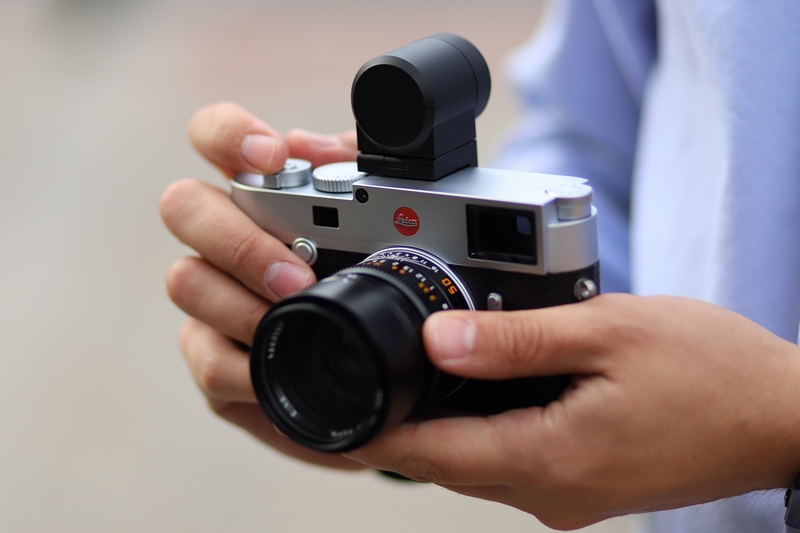
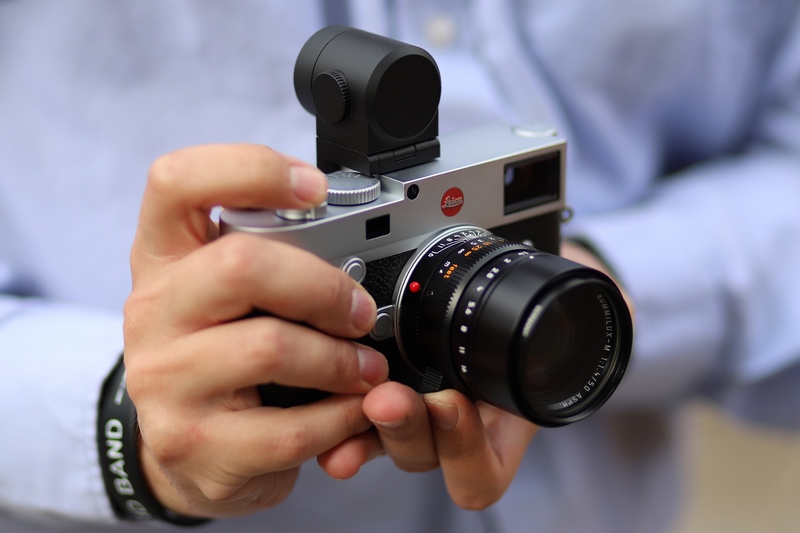
Key Features
- 24 Megapixel Full Frame CMOS Sensor
- ISO Sensitivity 100 up to 50,000
- 5 FPS And Expanded 2GB Buffer
- Built-In Wi-Fi And Remote Control App For Android And Apple
- Optional Visoflex Will Add GPS Functionality
50mm for Street
Not usually my lens of choice for street, we all have our preferences don’t we and mine has habitually been 35mm, but today I wanted to push myself and use a focal length that I have strayed from recently. Also I wanted to see how the M10 sensor rendered the bokeh of this outstanding lens. The floating lens element introduced by Leica to their 35mm and 50mm summilux-M lenses also intrigued me, it is a sign of Leica’s dedication to innovation and optical excellence, but I was keen to see this at work.
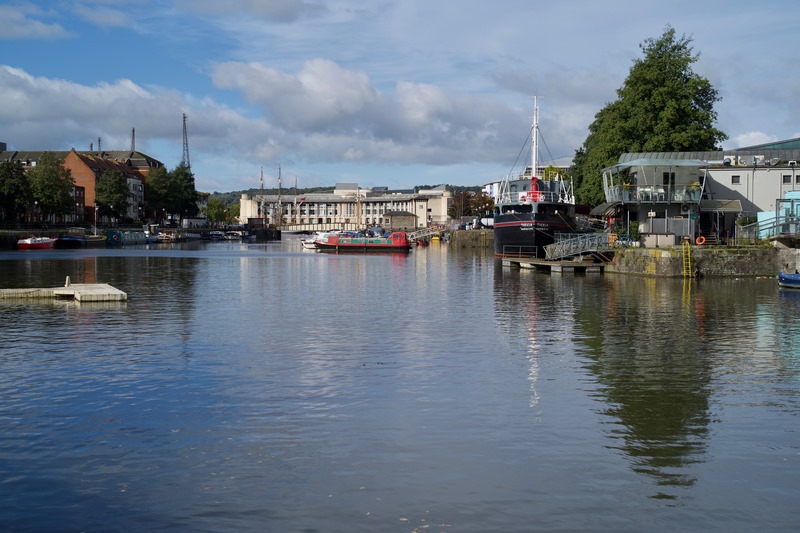
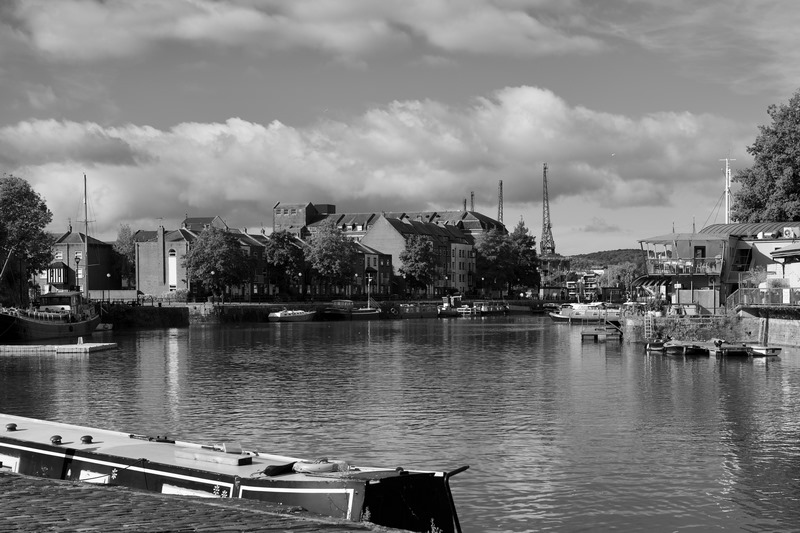
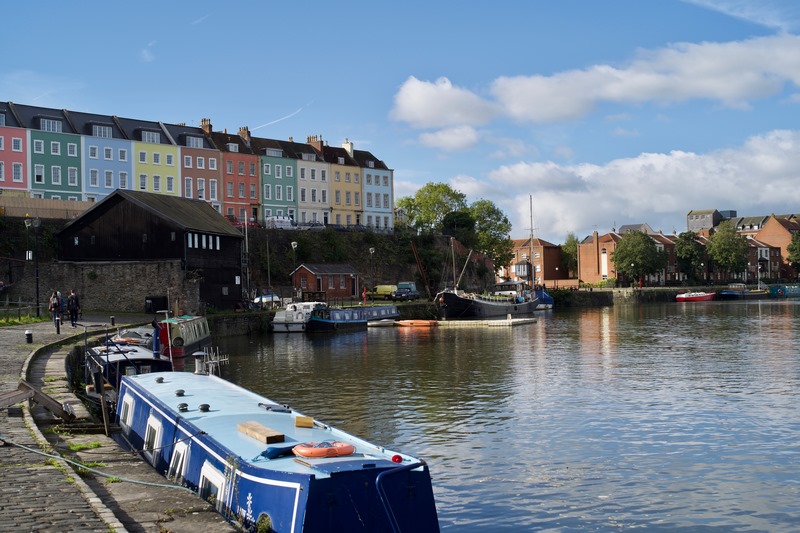
Bristol’s floating harbour area was my main point of focus, steeped in history there is always something of interest to photograph. Brunel’s SS Great Britain is here and the newly opened Whapping Wharf CARGO set up is a vibrant area set up for independent retailers, bars and restaurants to trade. It’s a feast for the photographic eye, a Leica M10 with Summilux-M 50mm felt right at home here.
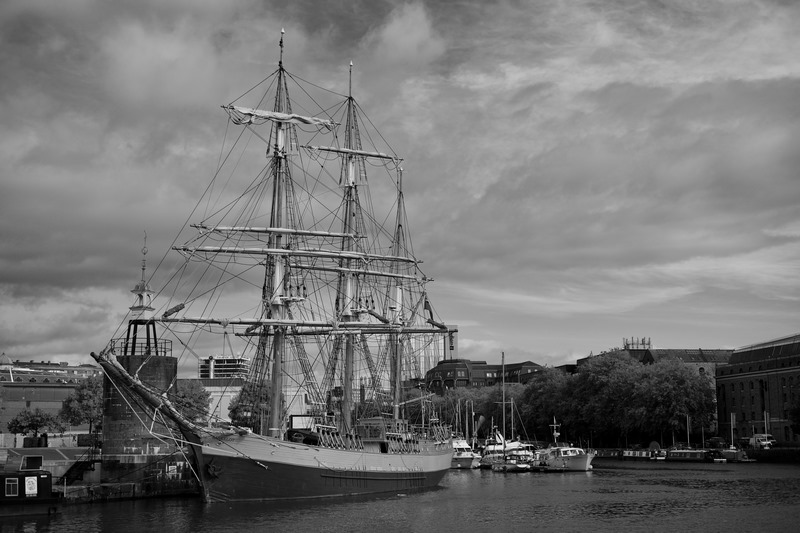
I was surprised once I started walking at how light everything felt. To my mind the M system should be manufactured to be lightweight without compromising build quality. The total weight of my setup came in at approximately 995g for the M10 with the 50mm summilux. An impressively low weight for a full frame set up considering the body and lens are made of a (amongst other things) brass and magnesium alloy. There is also a high level of weather proofing to add to its already high travel photography credentials.
It appears Leica have taken a few criticisms of the M 240 on board and we now have a much simplified layout to the rear of the camera. Gone are the ‘iso’, ‘delete’and ‘play’ buttons at the behest of making the remaining buttons larger. The ISO is now controlled using a dial on the top of the camera (where the film rewind crank used to be on an M6). A simple pull up and turn and push down to lock is all that is needed to change ISO and it is a great improvement in my opinion. There is the option to change the ISO between 100-6400 on this dial, but there is also an Auto setting and Manual setting for those who wish to push the ISO further or control it in the same way as we used to with the M 240. As with the SL and Q there is also the ability to add a ‘Favourites’ page to the menu that is customisable to the things you change the most, a very handy feature.
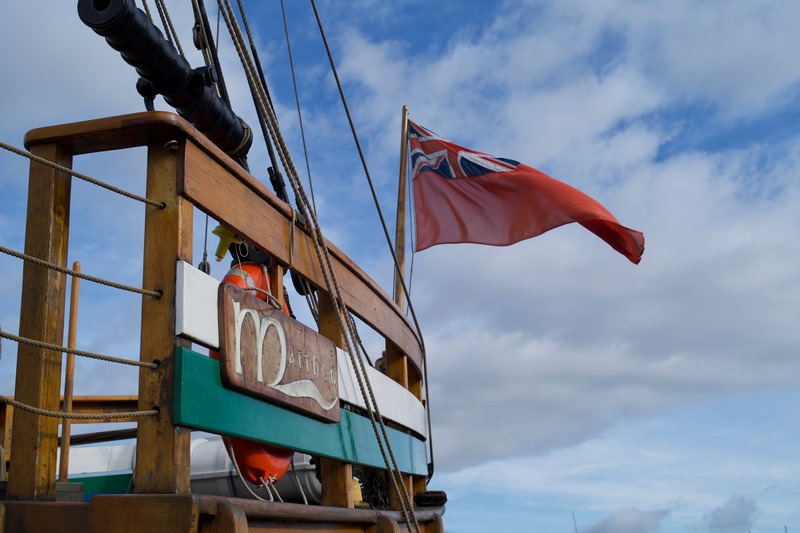
Viewfinder – larger and better magnification
As soon as I put the M10 to my eye I was struck by how bright and large the viewfinder is compared with previous digital M cameras. The main advantages for me are through the improved magnification of the finder I can achieve a more precise focus. When using previous rangefinders I’ve often found that achieving critical focus has been a struggle, the M10 made this much easier and I was pleased to find a high success rate with the images. Overall this meant I was much more comfortable using bright aperture lenses like the Summilux and (dare I say one day) I would like to shoot with a Noctilux (0.95 aperture) as I think the new viewfinder would lend itself to this superbly. Framing my image was an improved experience but for me the main benefits were in the ability to achieve a higher success of critical focus with the improved viewfinder and magnification.
Sensor – improved dynamic range
Leica have fitted the M10 with a newly designed sensor. The 24 million pixel resolution is the same as the M240, but the new sensor allows Leica to reach better ISO sensitivity (50,000 vs 6400 on the M240). I noticed a notable improvement in low light performance and the dynamic range. Images were very clean and had a huge amount of recoverable detail when shooting in RAW.
When I shoot at the moment I always choose to shoot a combination of RAW (DNG) and JPEG. I also have a preference to shoot monochrome on the JPEG and use the RAW to retain the colour information. All the images on this blog are RAW that have been converted back to JPEG, but I was impressed with the manner with which the Leica maestro II processor processed the images.
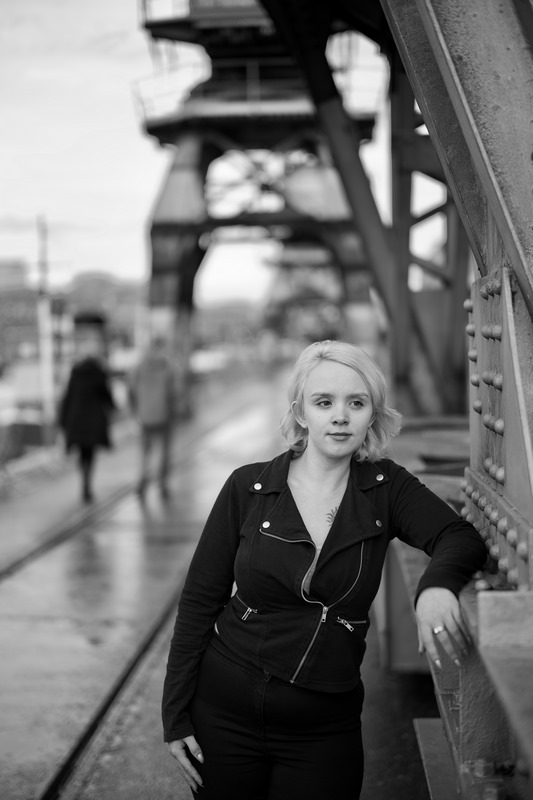
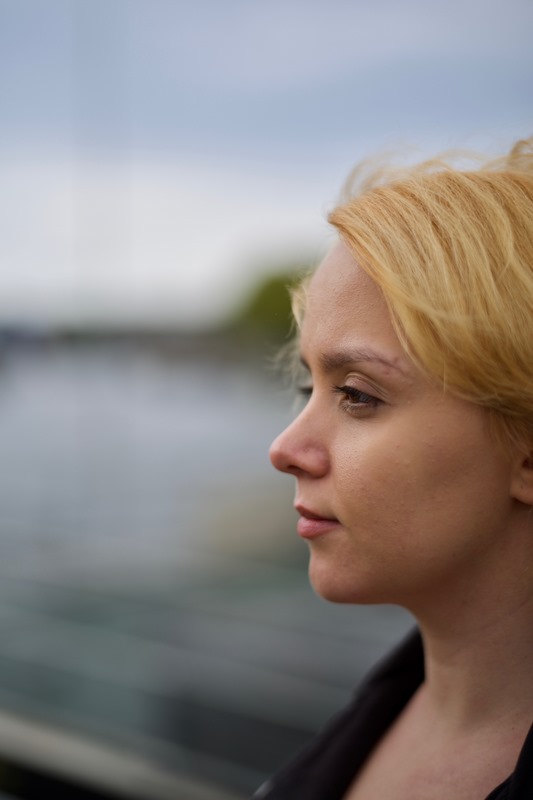
Shutter noise and continuous shooting – 5fps
I must confess I am not one for using my rangefinders in continuous shooting mode, if you are the sort of photographer who shoots continuously on a regular basis then the maximum 5 frames per second shooting speed will be a big benefit. Previously this has been a 3 frames per second shooting speed on previous M models.
As with previous M system cameras the shutter sound is quiet and doesn’t draw unwanted attention. Both the size of camera and the quiet operation meant that in a whole days worth of shooting I managed to shoot without attracting attention.
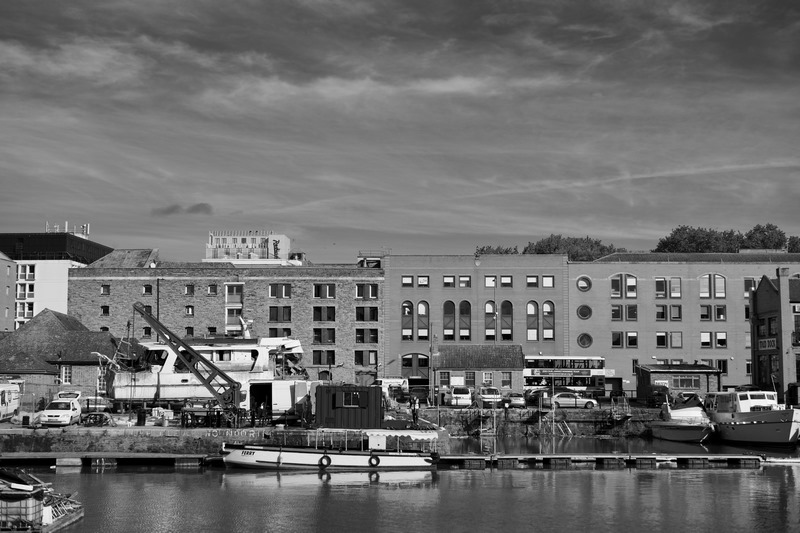
LiveView and the Visoflex – No video, but great focus peaking
The Leica M10 has demanded the use of a new digital viewfinder. Users of the Leica TL system will be pleased to find that the Visoflex 020 is the viewfinder to fill this role. The Visoflex has a very clear 2.4 million pixel resolution, is tiltable and adds GPS functionality to the M10 allowing you to tag your images with your location. Perfect for those using their M10 for travel or reportage photography. The M10 has improved focus peaking over the M240 which is used in liveview on the back screen. However, the improved resolution of the Visoflex means that the use of focus peaking through the viewfinder is dramatically improved over the M240/LVF2 combination. Whether you prefer the traditional rangefinder focusing system or the digital viewfinder with peaking is a matter of preference. However, I find that both have their merits and am really impressed with the resolution and performance of the Visoflex 020. It also gives a large benefit in being able to get exposure preview in tricky lighting situations.
Leica have taken away the video feature from the M10 that previously existed in the M240. A bold move maybe, but this only reinforces the M10’s credientials as a photographers camera. If you want video and interchangeable lenses the SL typ601 remains Leica’s benchmark camera for this.
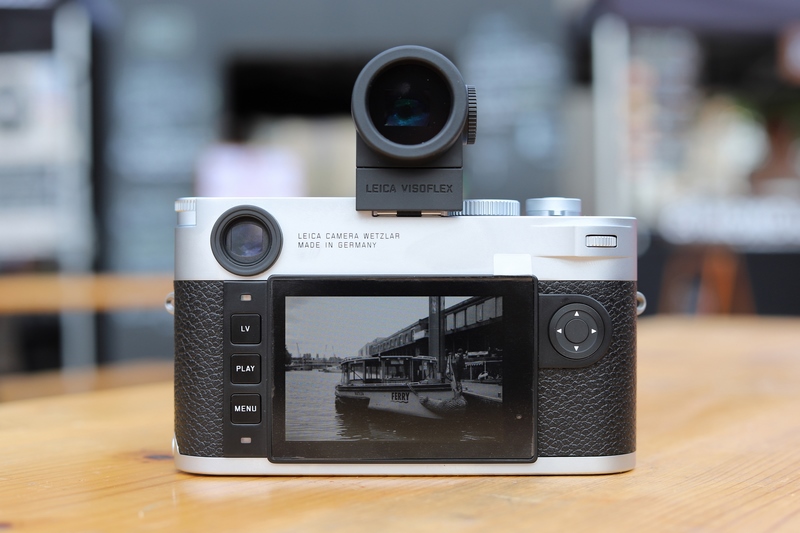
WiFi – Ultimate travel M and controllable by phone or tablet
Something that has been lacking in previous M cameras is the ability to transfer images using WiFi. Leica have finally integrated the WiFi system into the digital M and launched a dedicated ‘Leica M’ app to partner the M10 with. As well as sharing the images directly to smartphone or tablet the App will allow you to remote control the M10 over the WiFi connection.
Conclusion
When I first held the Leica M10 I remember thinking that this could be my ultimate travel camera. The combination of build quality, exceptional rangefinder/viewfinder, ability to use digital viewfinder, WiFi connectivity and slimmer design really appealed to me. After just a days serious use I am super impressed. I have a much better conversion rate than ever before in terms of usable images. I hardly noticed the weight and the M10 felt incredibly comfortable and balanced in the hand. There are maybe more sophisticated cameras on the market, maybe they have more bells and whistles, but there is a joy in using the Leica M10 that I have been unable to find in anything else. Maybe I have to work a little bit harder with the Leica M system to get the image I want, but when I get it the rewards are sensational.




